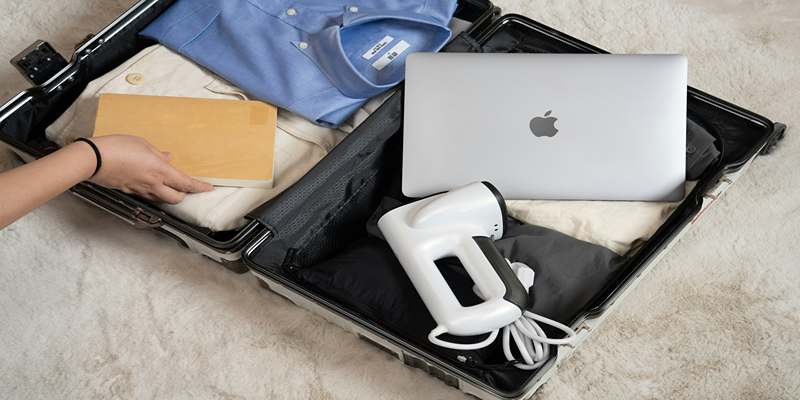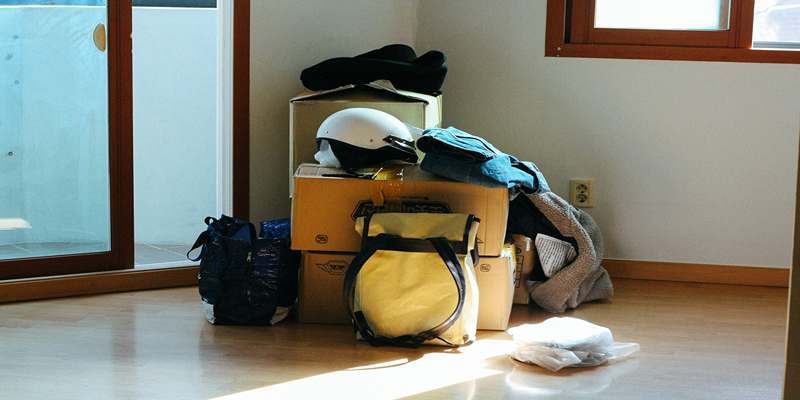Light packing does not mean an array of discomfort and doubts about safety; it means partaking in smartness and being specific. When you go camping, especially when you go deep into the forests, the deserts, and the hidden foldways in the mountains, every bit and every way of packing will define the whole process. This guide to backpacking packing will make your life easy and allow you to pack lightly and be prepared wherever you are going. Adhering to proven tactics and equipment suggestions will allow you to save weight that you do not need, keep everything systematic, and prevent the typical errors during the packing. This is a great reference book for both those new to backpacking and anyone who wants to perfect his or her packing technique. Now, how about carrying along with what you need and not more than that?

Core Principles of Travel Light Backpacking
Prioritize Multi-Use Items for Efficiency
In packing, one should have items that have multipurposes in mind when going backpacking. A sarong may be a towel, blanket, and sunshade. Cooking, boiling water, and eating out of the same can be done in a pot that is lightweight. Multi-use objects make the packing less bulky and take up less space, but functionality is not harmed. Multi-purpose gear can make your packing list easier to make and reduce the total weight. It is like having fewer things that do more as opposed to more things that do less. It is also the rule of thumb when someone is determined to take a smart backpacking packing guide and travel with minimum material.
Pack According to Your Climate and Route
Make sure that your packing always corresponds to the climate, the landscape, and the season in your destination. In case you are going into the mountains, rain protection and insulation are a must. Two features are more important: breathable materials and sun protection, in case of being desert-bound. By knowing what the elevation and nighttime temperatures are, along with weather patterns, one will not overpack and still be prepared for the conditions that he/she will deal with. Research the location prior to arrival; this will lighten the load you carry and will also make you pack with the environment in mind. The first step of smart travel light backpacking means knowing the destination and serving it with your needs, not being too heavy, and keeping yourself safe and comfortable.
Use a Weight Budget for Every Gear Category
Categorize your gear as sleep system, shelter, clothing, food, cooking gear, and personal items, and give each category a weight limit. The useful guide is the so-called three-pound rule applied to large products such as tents, sleeping bags, and backpacks. Monitoring the category weights is useful in stabilizing, particularly when staying on long hikes or journeys through heterogeneous terrain. Weigh yourself with a digital scale prior to leaving and strive to make your total base weight (gear weight less food and water) less than 20 pounds. The method can be used to facilitate your decisions and to remove unnecessary things. This is possibly among the best backpacking equipment tips for efficient packing.
Essential Packing Categories and What to Bring
Clothing Layers and Fabrics That Work Anywhere
Clothing should be lightweight, moisture-wicking, and versatile. Merino wool shirts resist odor and regulate temperature, making them perfect for multi-day use. A layering system of base layer, insulation, and outer shell gives you flexibility for changing weather. Choose pants with zip-off legs, and bring lightweight gloves and a beanie even in warm climates. Avoid cotton—it retains moisture and dries slowly. Packing just enough clothing to rotate between wear and wash helps keep your load minimal. These backpacking packing guide strategies ensure you're equipped for comfort without carrying a full wardrobe on your back.

Compact Cooking and Food Storage Gear
Cooking gear can add bulk fast, so it’s important to choose compact, lightweight options. A collapsible stove, a titanium pot, and a spork are enough for basic meals. Opt for dry foods like oats, instant rice, or dehydrated meals to save space and weight. For storage, use resealable bags and collapsible containers. A bear-proof food canister or hanging bag may be necessary depending on where you hike. The key is bringing just enough for your journey while using packable gear. These backpacking gear tips allow you to cook easily while following the essentials of travel light backpacking.
First-Aid, Toiletries, and Travel Documents
Toiletries should be travel-sized and biodegradable. A small towel, toothbrush, toothpaste tablets, and a quick-dry cloth are usually enough. Include sunscreen and insect repellent, based on your destination. Keep your travel documents in a waterproof pouch—this includes ID, permits, insurance, and maps. These small items can quickly add up in weight, so only pack what’s necessary. Packing smartly in this category helps round out a solid backpacking packing guide that supports both safety and lightweight travel.
Smart Backpacking Gear Tips for Every Terrain
Choosing the Right Backpack Size and Fit
Your backpack should fit your torso, distribute weight evenly, and match your trip’s length and gear load. For most multi-day trips, a 40–55 liter pack is ideal. Avoid oversized packs, as they tempt you to overpack. Look for a backpack with adjustable straps, hip support, and ventilated back panels for comfort. Internal compartments help with balance and organization. Before departure, test your pack on a local hike to ensure it feels comfortable when loaded.
Footwear and Sleep System Considerations
Invest in lightweight, durable hiking shoes or trail runners that match your terrain. Break them in before your trip to avoid blisters. For sleeping, a compact sleeping pad and lightweight down sleeping bag or quilt offer warmth without bulk. Pack a sleep sheet for added cleanliness and versatility. Your feet and sleep are vital to daily recovery, so these items deserve careful thought. Following smart backpacking packing guide advice ensures you rest well and hike comfortably, no matter the conditions.
Conclusion
Backpacking doesn’t have to be a heavy experience—literally or figuratively. With the right packing strategy, you can stay light, move freely, and still have everything you need. From understanding gear weight to using every item wisely, these smart travel light backpacking methods make your trips more enjoyable. Follow this backpacking packing guide to avoid strain, save time, and hike smarter. When you're well-prepared with smart gear choices and techniques, you’ll focus more on the beauty around you and less on what’s inside your pack.












